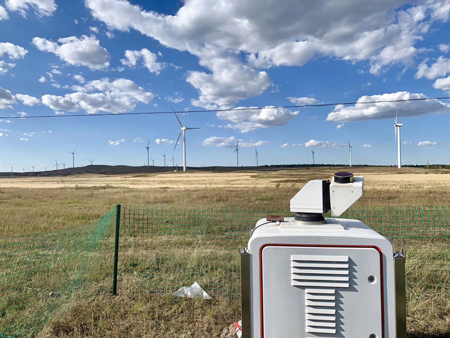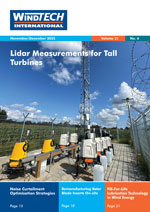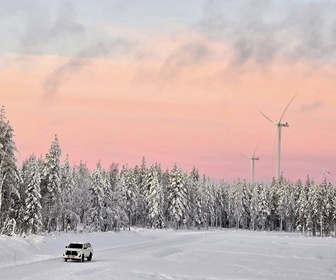 Ensuring Precise Detection and Planning When Severe Weather Strikes
Ensuring Precise Detection and Planning When Severe Weather StrikesImagine a severe storm system in the North Sea battering a wind farm, with offshore turbines experiencing excessive structural loads from high winds exceeding 160 kilometres per hour, heavy precipitation eroding multiple blades, and thick cloud cover leading to substantial ice build-up, forcing prolonged curtailment.
By Matthieu Boquet, Head of Wind Operations, Vaisala, France










